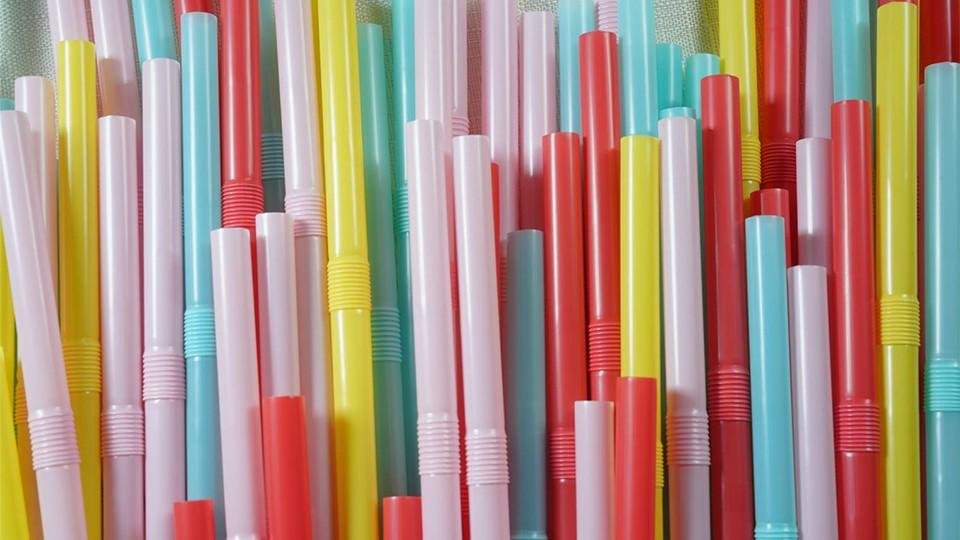
At present, straws are common products in any country and any city, but while straws bring convenience to people’s lives, more and more discarded plastic straws and similar products begin to burden the environment. Under the pressure of environmental protection and plastic restriction, plastic straws are facing challenges and elimination.
Data shows that in 2019, the cumulative output of plastic products in the country was 81.84 million tons, while the number of straws exceeded 46 billion, and the per capita consumption exceeded 30, with a total consumption of about 50,000 to 100,000 tons. At present, the raw materials for the production of plastic straws are polymer materials. Traditional plastic straws are generally non-degradable. Due to one-time use and easy release into the environment, it is easy to enter rivers, lakes and oceans, causing “white pollution”. It is urgent to replace traditional non-degradable straws, and environmentally friendly straws will replace them, and paper straws and PLA degradable straws will also emerge as the times require.
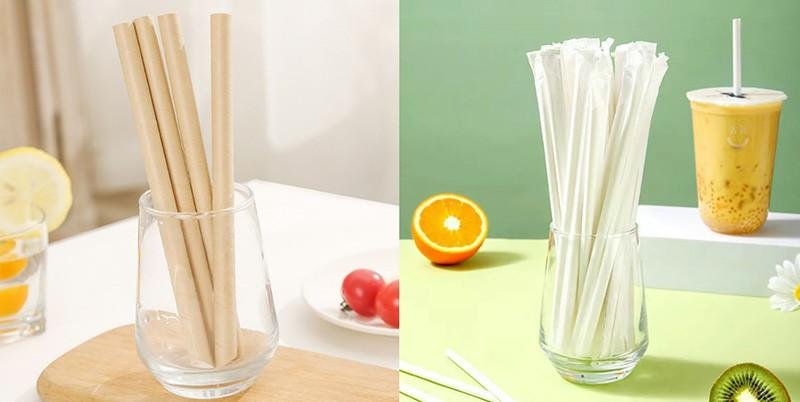
The Origin of Two Environmentally Friendly Straws:
◎ Paper Straws
Paper straws use food-grade virgin wood pulp paper as the main raw material, and the production process is processed by three or four layers of food-grade base paper gluing, rolling, slitting, drying and other steps. During the molding process, it is necessary to pay attention to factors such as machine speed and amount of glue, and adjust the diameter of the straw through the size of the mandrel. The entire production process of paper straws is relatively simple and easy to mass-produce.
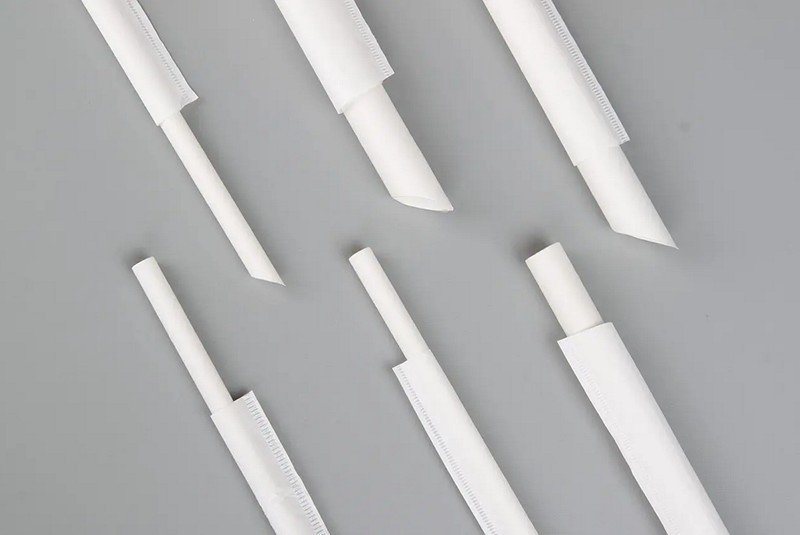
However, the price of paper straws is high, and the use experience needs to be optimized. It is necessary to use paper and adhesives that meet food safety requirements. If it is a paper straw with a printed pattern, the food safety of the ink is also required to meet the requirements, because they all need to be in direct contact with food, and the food safety performance of the product must be guaranteed. At the same time, it must be suitable for many beverages on the market. Many paper straws will soften and open when contacting beverages with high temperature or acidic beverages. These are problems that we need to pay attention to.
◎ Polylactic Acid (PLA) Straws
PLA is an energy-saving biodegradable material, which is made from the proposed starch raw materials such as renewable plant resources such as corn. In terms of production and processing, PLA degradable plastics have good mechanical properties and high hardness. Visually, there is also high transparency, which can be said to coexist with strength and appearance. From the perspective of the treatment method, PLA degradable plastics can be degraded in only 90 days under industrial composting conditions.
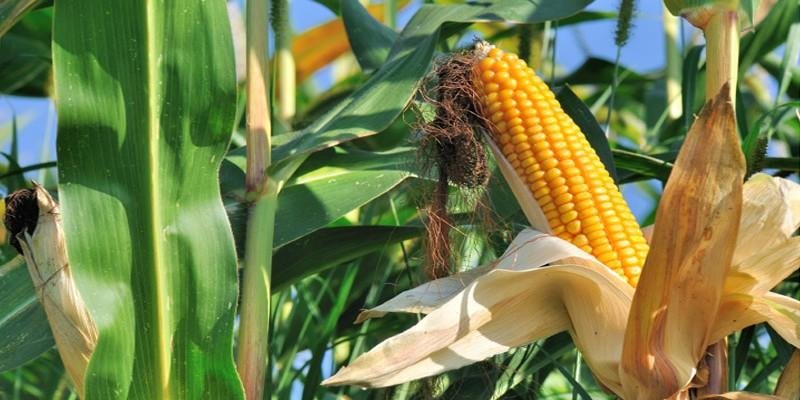
PLA straws use renewable plant resource lactic acid as raw material, which has the advantages of renewable raw materials, fully degradable and biosafety. It is a project developed on the basis of traditional polypropylene straws in recent years. The production process is simple and the production cycle is short. It adopts a one-time extrusion molding process, and with the help of the extrusion action of the screw, the heated and melted PLA particles are extruded through the die under the pressure of the die, cooled and shaped by the water tank, and then cut into various different sizes of straws.
PLA straws have good biodegradability, degrade to generate CO2 and H2O, do not pollute the environment, and can meet the needs of industrial composting. The straw extruded at high temperature has good thermal stability and good solvent resistance. Its product gloss, transparency and hand feel can replace petroleum-based products. The physical and chemical indicators of the product can meet the requirements of local food safety regulations. Require. Therefore, it has a wide range of applications and can basically meet the needs of most beverages on the market.
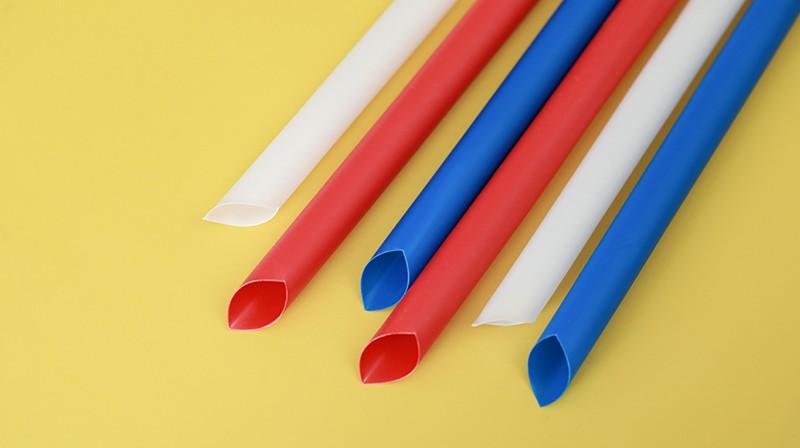
PLA straws have good moisture resistance and air tightness, and are stable at room temperature, but they will automatically decompose when the temperature is higher than 55 °C or under the action of oxygen enrichment and microorganisms. Special attention should be paid to the temperature during the transportation and storage of the product. Prolonged high temperature will cause deformation of the PLA straw. Due to the limitation of the performance of raw materials, PLA straws are suitable for many cold drinks. It is believed that in the future, the continuous improvement and innovation of technology will gradually develop straw products that are both high temperature resistant and environmentally friendly.
The Characteristics of Two Environmentally Friendly Straws:
◎ Similar Points:
1. The material is natural, non-toxic, highly breathable, and will not release any substances that endanger human health;
2. After use, it can be completely decomposed by microorganisms through composting environment and burial treatment, and will not cause any impact on the environment;
3. It can replace the traditional plastic straws with petroleum as the raw material matrix, the usage is the same, and it is more environmentally friendly and healthy;
4. The price is slightly higher due to the higher cost of environmentally friendly straws than plastic straws.
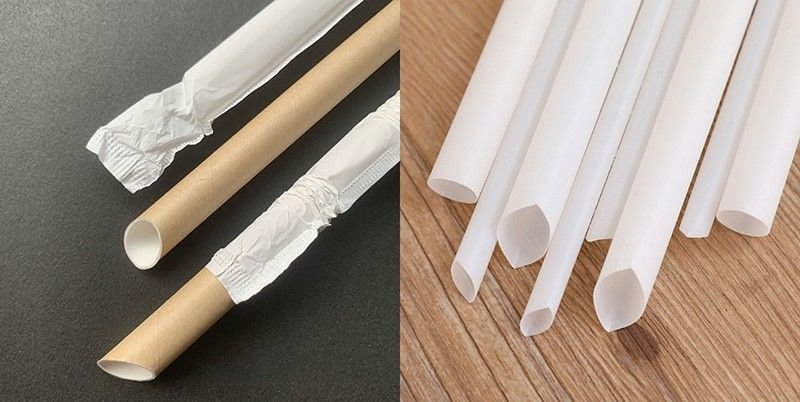
◎ Differences:
The temperature resistance of PLA degradable straws is -10°C to 80°C, which is close to the traditional plastic straws, with good stability and no plasticizer; It is easy to dissolve and will affect the taste of food, but the color is richer.
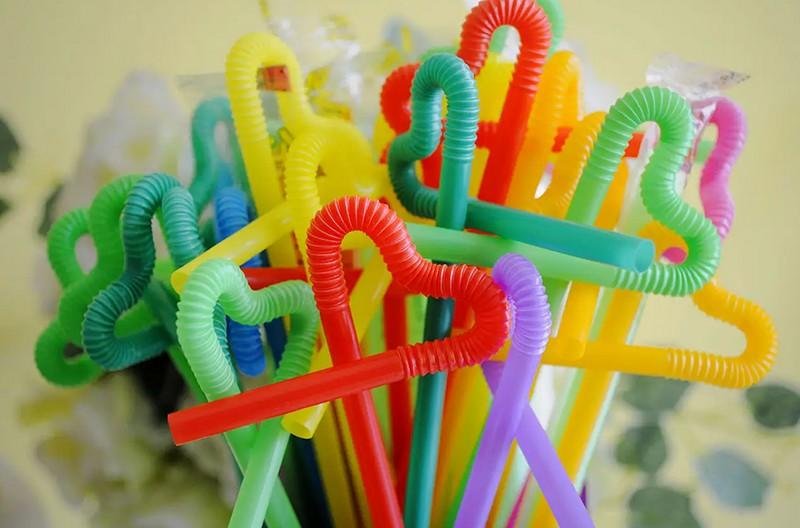
Both degradable straws and paper straws are food contact tools. The production environment and production conditions of the product must comply with the relevant national laws and regulations, and can only be produced after obtaining the national QS production license certification. The product packaging label information should be marked with raw material information , Use temperature range, precautions and other information to remind consumers of unnecessary troubles during use.
Key words: plastic straws, plastic products, non-degradable, paper straws, PLA degradable straws, raw material, biodegradable material, starch raw materials, PLA degradable plastics, PLA straws, polypropylene straws, PLA particles, fully degradable, good biodegradability, environmentally friendly, friendly straws, degradable straws and paper straws.





